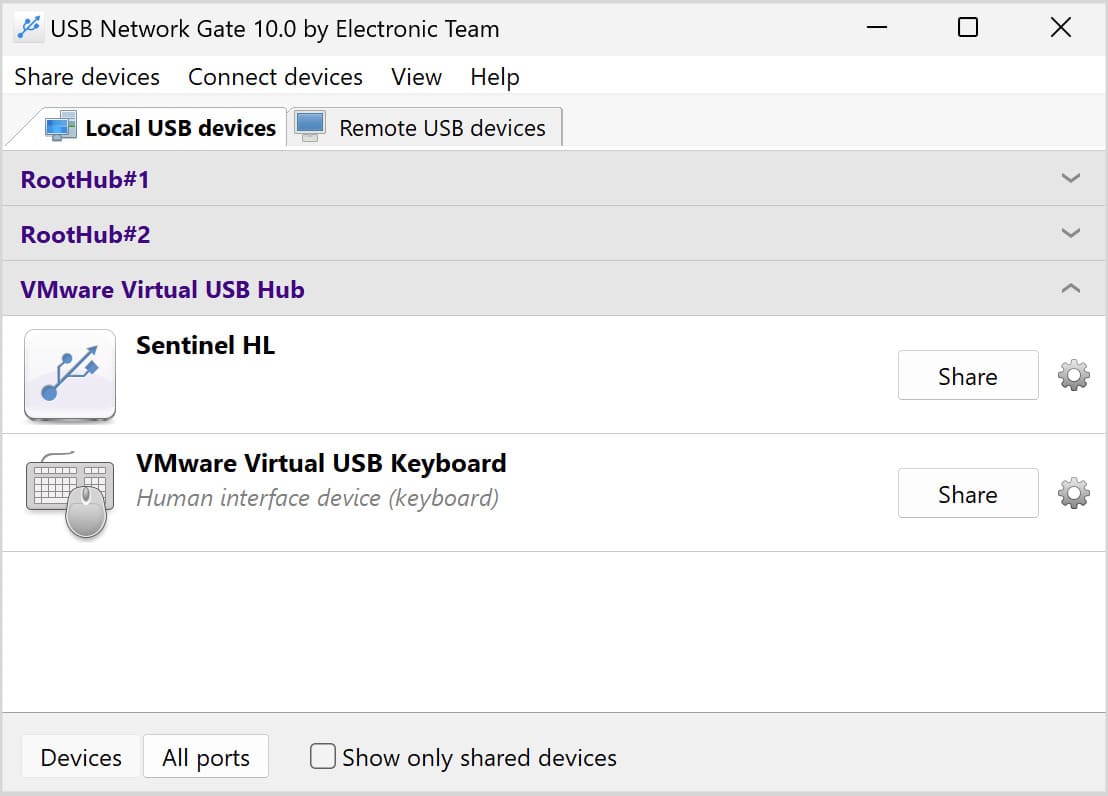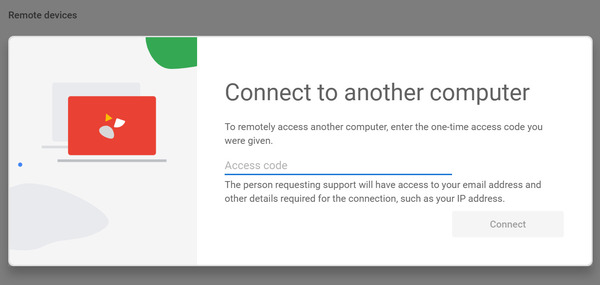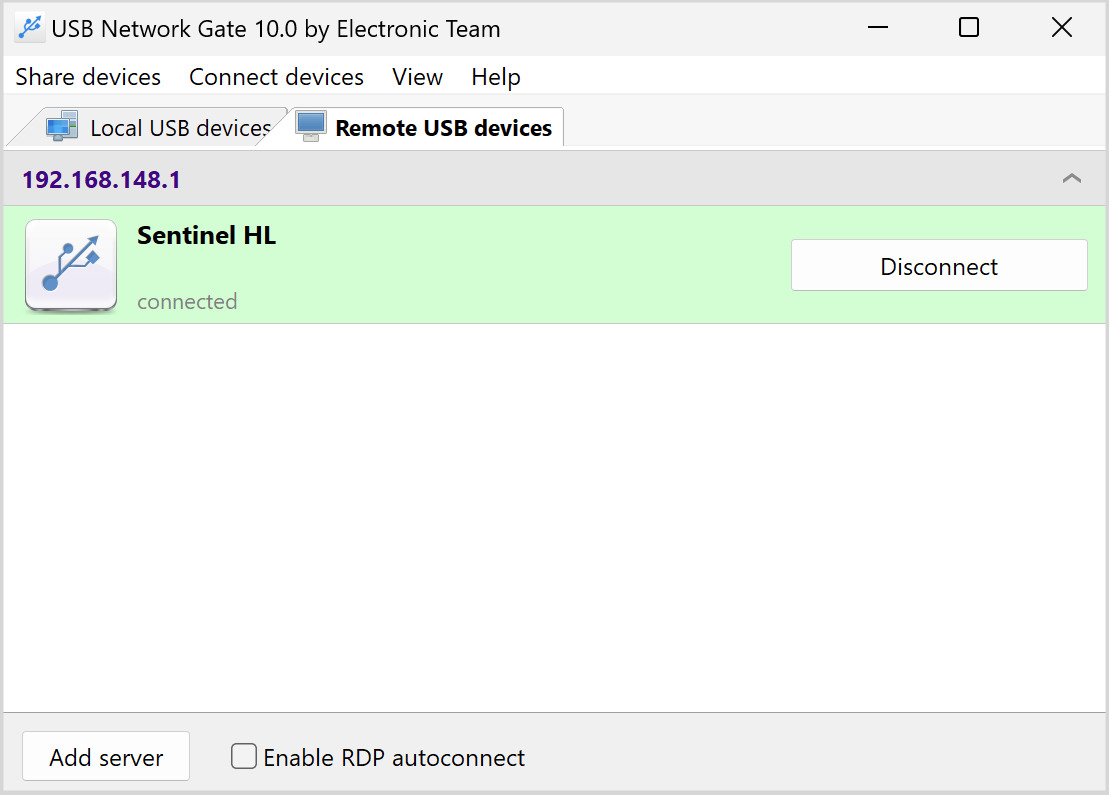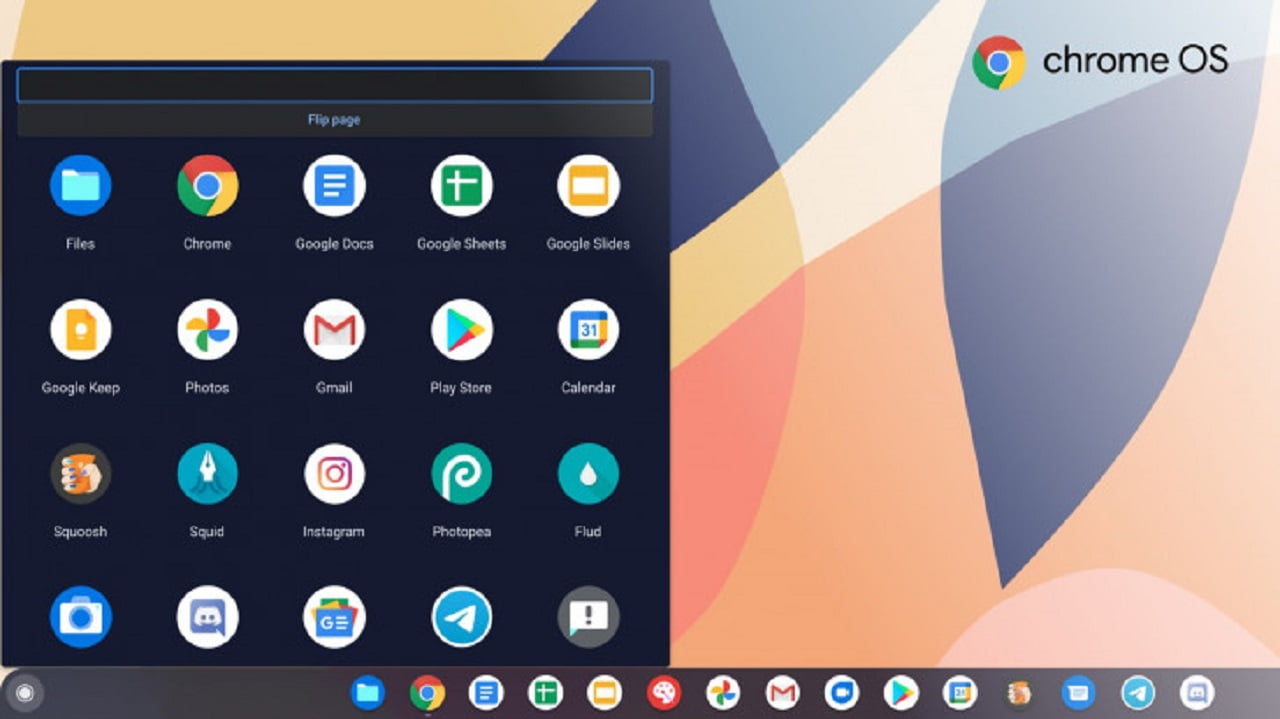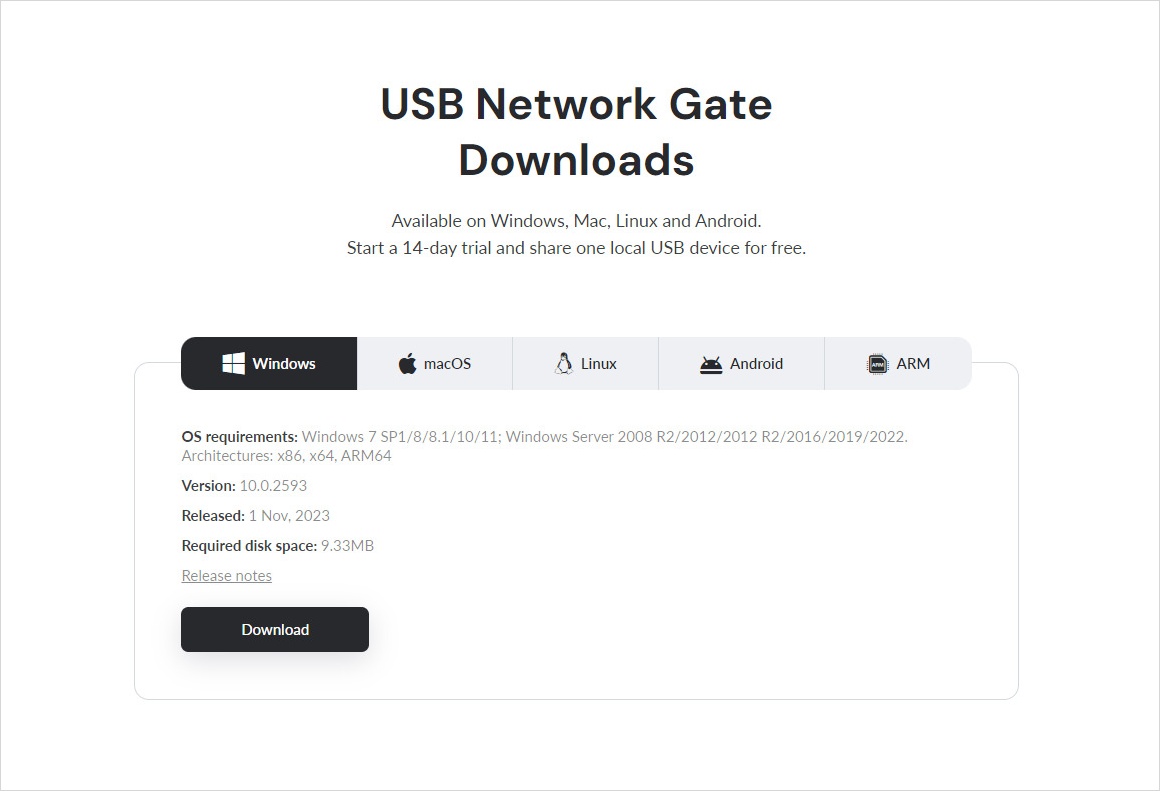
USB redirection in Chrome Remote Desktop
This article will discuss the lack of native USB redirection in Chrome Remote Desktop and offer a third-party solution that addresses this flaw and enables the USB to remote desktop functionality.
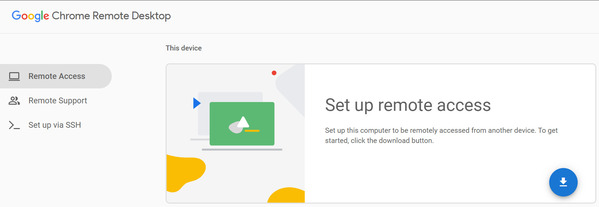
Does Chrome Remote Desktop support USB Redirector?
Google Chrome Remote Desktop is a free and easy method of connecting to a remote computer or sharing your screen with friends or colleagues.
Unfortunately, there is no native capability to share USB over Chrome Remote Desktop. This makes the solution less useful for remote workers as it limits the amount of information that can be obtained remotely. Without the ability to access external drives, printers, and other USB peripherals, many users will not be able to perform their jobs remotely using Chrome Remote Desktop.
This is a problem that has plagued Chrome users for years, and a quick look at online forums will turn up a lot of complaints about the lack of USB support. To date, there is still no native support in the tool, but there are other ways to implement in Chrome Remote Desktop USB redirection.

